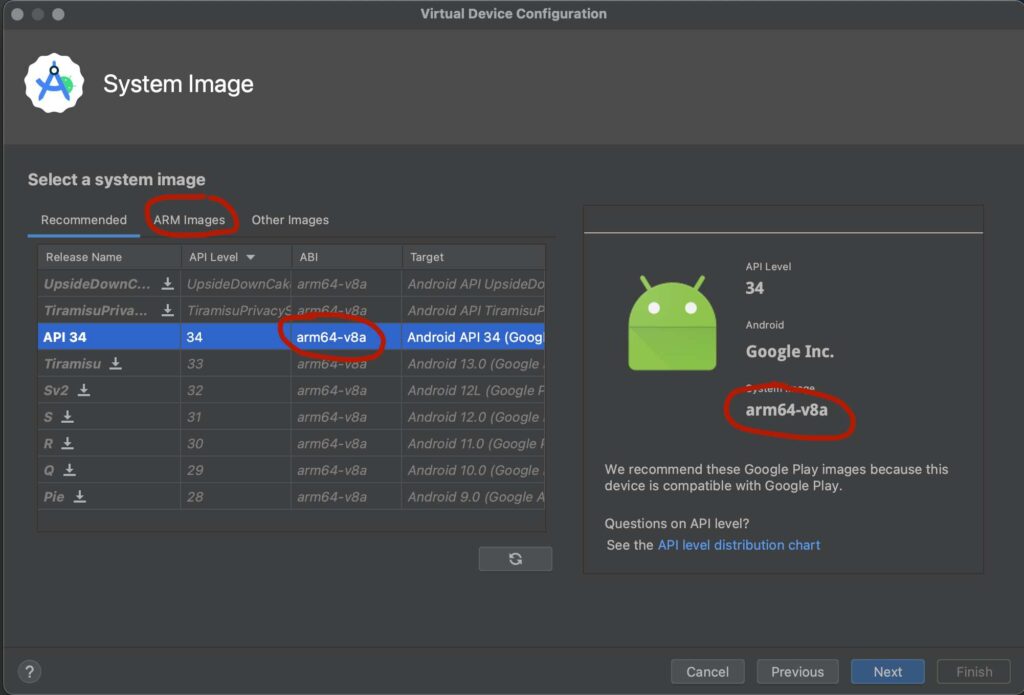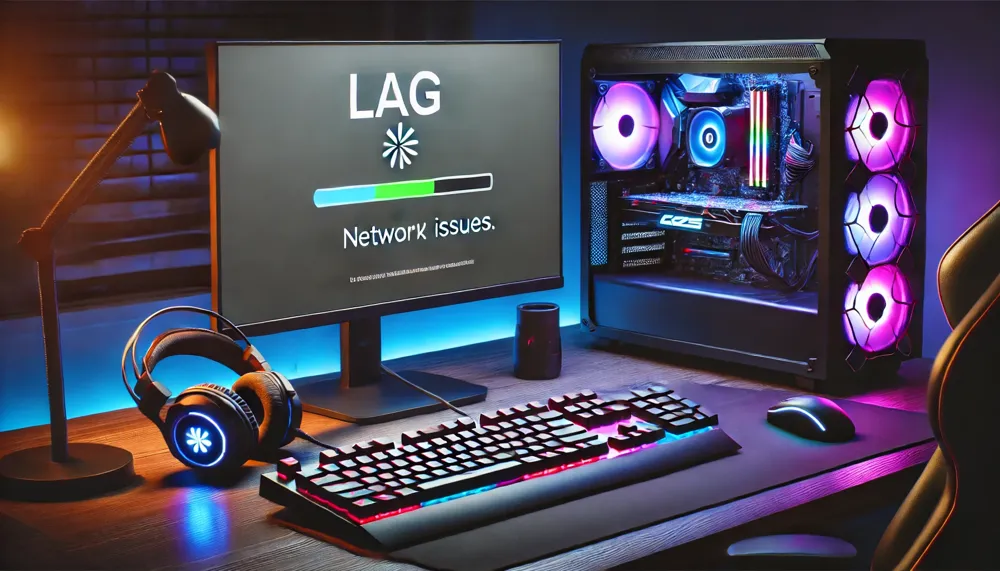The “CPU Not Supported” error in Gray Zone has become a common roadblock, especially among players with Intel’s latest CPUs, like the 13th and 14th Gen models. This error occurs mainly due to compatibility issues with Unreal Engine’s requirements and the high power consumption settings of these modern processors.
“To fix “CPU not supported” in Gray Zone, disable auto-overclocking in BIOS or slightly underclock Intel 13th/14th gen CPUs for stability【6†source】【7†source】.”
In this article, We will discuss “ Gray Zone CPU Not Supported Fix”
Table of Contents
Understanding the “CPU Not Supported” Error in Gray Zone:

Modern Intel CPUs like the i9-13900K and i9-14900K come equipped with high voltage and aggressive performance optimization settings. While these settings improve general performance, they can create instability in games like Gray Zone , which is built on the Unreal Engine. The issue stems from the fact that many games, particularly those using this engine, are optimized for stable, mid-range CPU frequencies rather than high, dynamically adjusted speeds that some CPUs default to【6†source】【7†source】.
Some users report that the error occurs when loading maps or just after launching the game. The game crashes due to processor instability or power spikes, which the game engine can’t accommodate effectively. Addressing this error involves several adjustments, mostly in BIOS settings and CPU configurations, to stabilize the processor’s performance.
Step-by-Step Fixes for the “CPU Not Supported” Error:
Disable Auto-Overclocking in BIOS:
Most modern motherboards have default settings that enable auto-overclocking, allowing the CPU to boost power levels under load. Unfortunately, this automatic configuration often results in higher voltage settings than the game engine can handle, leading to crashes.
Here’s how to disable auto-overclocking in your BIOS:
- Enter BIOS: Restart your computer, then press the Delete or F2 key (or as specified by your motherboard’s instructions) to enter the BIOS.
- Locate CPU Settings : Look for CPU configurations, often under sections like “Advanced” or “Overclocking.”
- Disable Overclocking : Set overclocking to “Disabled” or select the “Enforce Intel Power Limits” option if available.
Disabling overclocking has been reported by many users to stabilize Gray Zone , as it keeps the CPU running within a range of voltage and frequency that the game can accommodate【8†source】.
Also Read: How Many Transistors In A CPU – Understanding Transistors Count In Modern Processors!
Underclock the CPU Slightly Using Intel’s Extreme Tuning Utility:
If disabling overclocking doesn’t resolve the issue, a slight underclock might be necessary. Underclocking can reduce the CPU’s peak voltage demands, making it less likely to trigger a crash in Gray Zone . Here’s how to proceed:
- Download Intel’s Extreme Tuning Utility (XTU) : This software allows you to fine-tune CPU settings without entering BIOS.
- Lower the CPU Clock Multiplier: In XTU, reduce the CPU core ratio (clock multiplier) from 57x to 54x. This small change should maintain performance while enhancing stability.
- Apply and Test : Save the changes and try running Gray Zone again.
Many players have found that this slight underclock preserves enough processing power for smooth gameplay without risking the instability caused by high voltage spikes【7†source】.
Set Custom Power Limits in BIOS:
If the first two fixes don’t fully resolve the issue, manually setting custom power limits in BIOS could help. This configuration keeps the CPU from drawing excessive power, which can reduce the risk of game crashes:
- Enter BIOS : Restart your computer and access the BIOS setup.
- Navigate to Power Management Settings : Find options under “Power Management” or “CPU Power Limits.”
- Set Power Limit Manually : Look for “PL1” (power level 1) and “PL2” (power level 2) settings. Set them to conservative values recommended by Intel or your motherboard’s manufacturer, typically in the range of 95-125W for these high-end CPUs.
This fix helps maintain a balance between performance and stability by limiting power consumption, preventing the spikes that cause Gray Zone to crash【6†source】.
Additional Tips for Ensuring Game Stability:

Update Drivers and BIOS:
Outdated drivers can exacerbate CPU compatibility issues. Make sure you have the latest BIOS firmware from your motherboard manufacturer and update all relevant drivers (GPU, CPU, etc.) from official sources like Intel and NVIDIA. Regularly updating these drivers ensures optimal stability and performance for games like Gray Zone and can often resolve compatibility issues.
Verify Game Files on Steam:
In Steam, right-click on Gray Zone in your library, select “Properties,” go to “Local Files,” and choose “Verify Integrity of Game Files.” This option checks for missing or corrupted game files and replaces them, which can help if the issue is related to game data. Performing this check regularly can prevent gameplay disruptions and ensure a smoother gaming experience.
Look for Game Patches or Updates:
Developers are aware of CPU compatibility issues and may release patches to improve performance on specific hardware setups. Keep the game updated through Steam to benefit from these patches when they’re released. As they can significantly enhance stability and resolve known issues. Regular updates also ensure the game runs smoothly with the latest optimizations.
Also Read: How To Reset CPU – Settings Without Losing Data!
Will There Be a Permanent Fix:
Intel and Unreal Engine are aware of these issues and are working on compatibility improvements to better support high-end CPUs in games. Until official patches are available, these manual adjustments offer a practical workaround to prevent the “CPU Not Supported” error in Gray Zone.
FAQ’s
Here are five frequently asked questions (FAQs) with solutions for the Gray Zone “CPU Not Supported” error:
1. Why does the “CPU Not Supported” error occur in Gray Zone?
This error typically affects newer Intel processors (13th and 14th gen) due to high default power and voltage settings, which can cause instability in games using the Unreal Engine【6†source】【7†source】.
2. How can I fix the “CPU Not Supported” error by changing BIOS settings?
Disabling auto-overclocking in your BIOS or setting custom power limits can stabilize the CPU, which helps prevent crashes in Gray Zone 【8†source】.
3. Is underclocking the CPU necessary to fix this error?
Yes, underclocking slightly—such as adjusting the CPU multiplier from 57x to 54x—has resolved the issue for many users without affecting overall performance【7†source】【8†source】.
4. Can updating drivers or BIOS help resolve the “CPU Not Supported” error?
Yes, keeping your BIOS and system drivers updated can improve compatibility and prevent errors in Gray Zone【6†source】.
5. Will Intel or Unreal Engine release a permanent fix for this issue?
Both Intel and Unreal Engine are aware of compatibility issues with newer CPUs, and future updates may provide a more permanent solution【8†source】.
Conclusion
In summary, the “CPU Not Supported” error in Gray Zone can be resolved by disabling auto-overclocking, underclocking slightly, or setting custom power limits in BIOS. Updating your BIOS and drivers may further improve compatibility, while Intel and Unreal Engine are expected to release updates to address these issues. These adjustments provide effective workarounds for smoother gameplay until an official patch is available【6†source】【7†source】【8†source】.

